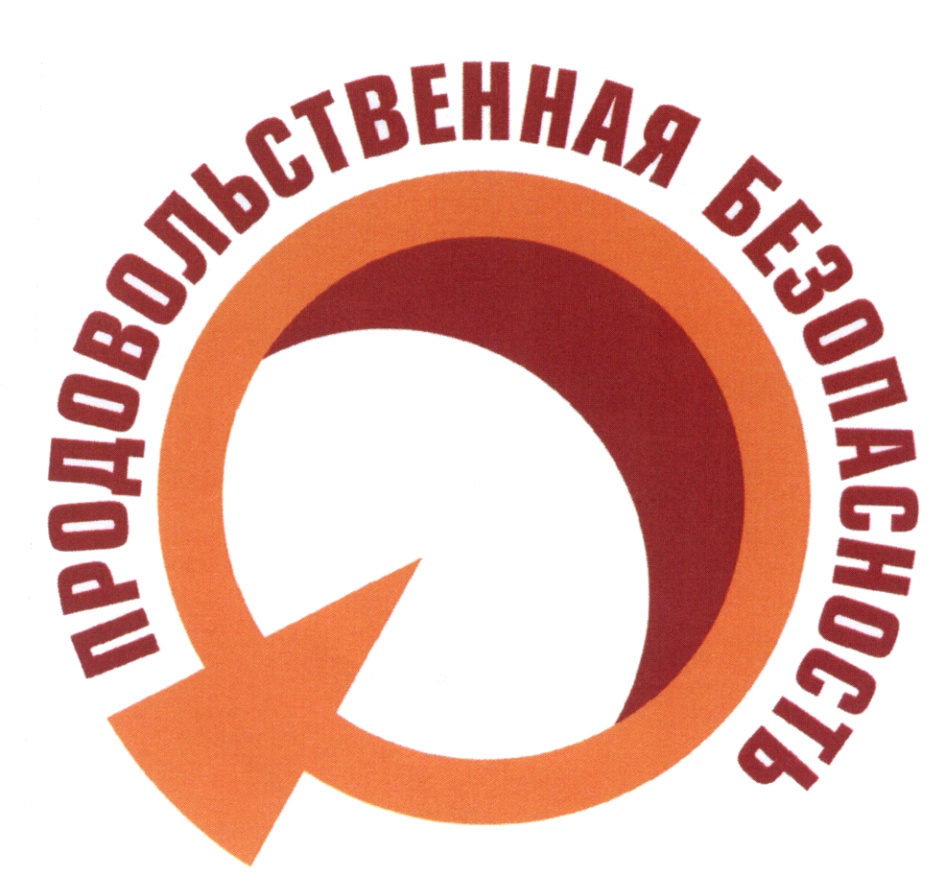The issue of food security in Russia became relevant in 2014, when the federal government decided to introduce counter-sanctions against many Western countries. The import of food, as well as some other goods was prohibited. It was announced that the country is switching to import substitution and will provide itself with all necessary goods and products. How successful this is will be appreciated in this article.
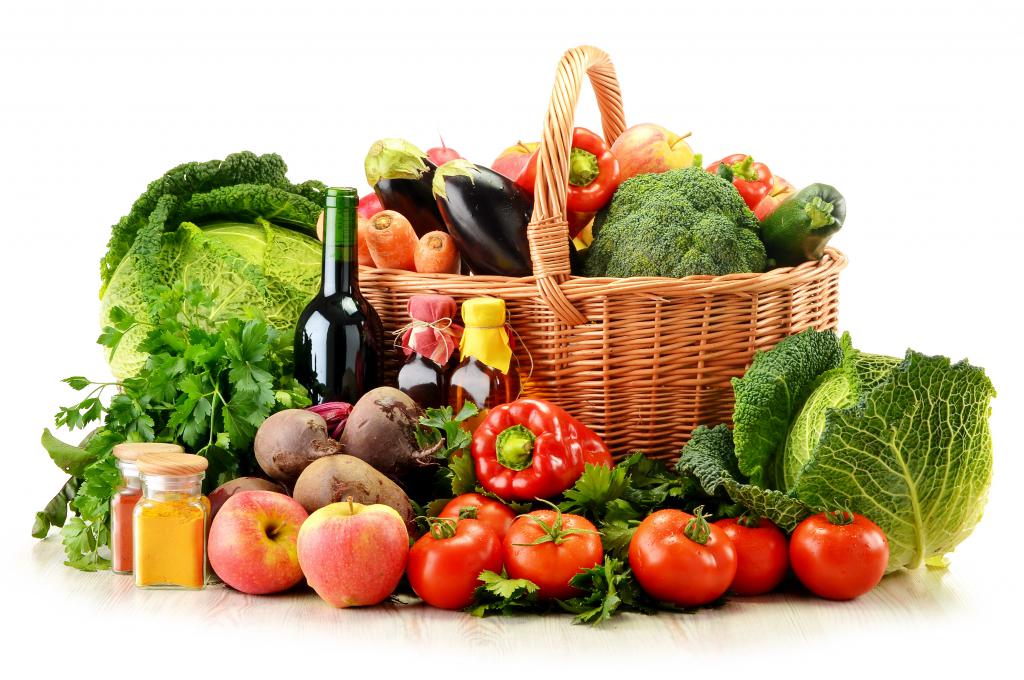
First successes
Today, experts officially state that the problem of food security in Russia is finally resolved. By 2018, the country has achieved that it is able to fully provide itself with the most necessary food products in all areas, without exception.
Back in 2013, the Minister of Federal Agriculture announced that the country had already switched to self-sufficiency in key products. These are potatoes, grains, sugar and vegetable oil. By meat, Russia managed to reach the same level by 2016.
In general, after the introduction of economic counter-sanctions, the agricultural sector began to work much more efficiently than before. For many farmers, this was an additional chance to restore their farms, as their products became popular and competitive for the first time in a long time after foreign competitors ceased to be a danger.
As a result, today, domestic agriculture works as efficiently as possible, providing the basic needs of residents, while also allowing it to send large quantities of products for export. So, it can be argued that the food security of Russia is working today.
State policy in this area
It should be noted, however, that officials were not concerned about ensuring food security in Russia after the introduction of counter-sanctions, but much earlier. In 2010, the state doctrine on food security was adopted at the federal level. It identified the main tasks that were to be solved in the near future. There were four main such tasks.
Firstly, it is the identification, forecasting and prevention of external and internal threats to the food security of Russia. At the same time, the economic situation abroad and within the country itself, as well as significant risks in the economy, were considered key threats. To solve this problem, the ministries were invited to take measures for state regulation of the market. One of such effective measures is the legislative restriction of the distribution of genetically modified organisms in agriculture.
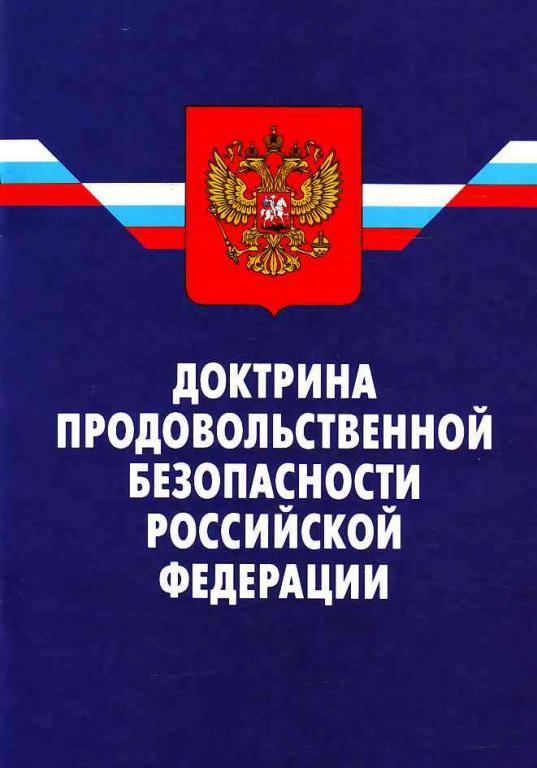
Secondly, it was necessary to form strategic food reserves, as well as build an effective system of providing citizens with the most necessary food products in the event of adverse conditions and negative events.
Thirdly, the task was set to develop the production of domestic raw materials and food in quantities that would be sufficient to ensure food security in Russia. The recommendations of the United Nations were chosen as the main criteria for achieving this goal. In particular, establish the following minimum levels of local production:
- grains - 95% of consumption;
- sugar - 80%;
- vegetable oil - 80%;
- milk - 90%;
- meat - 85%;
- potatoes - 95%;
- salts - 85%;
- fish - 80%.
To solve this problem, it was necessary to significantly improve the infrastructure of rural settlements, providing them with employment for the able-bodied population, to help manufacturers achieve financial stability, and import technology substitution in agriculture, starting the production of their machinery, equipment and other equipment.
Fourth, it was necessary to ensure the safety and accessibility of products for most Russians. It seems possible to do this through social subsidies, promotion of a healthy lifestyle and nutrition, and the fight against smoking and alcoholism.
Thus, the doctrine of food security of Russia until 2020 was adopted.
Agricultural Support Measures
One of the direct consequences of this doctrine was the adoption of a federal agricultural development program. The same document established schemes that help regulate markets for agricultural products, as well as food and raw materials, until 2020. All these are measures that will allow implementing the strategy of food security in Russia.
Currently, this federal program involves the development of a number of subprograms, as well as other federal regulations that will be aimed at the development of agriculture. All this will help solve the problem of food security in Russia.
At the moment, a number of documents have already been adopted, they are working. This is a subprogram for innovative development and technical modernization of agricultural machinery and resources, federal targeted programs aimed at the development of rural areas and rural areas, the preservation of fertile land, and the development of land reclamation.
The situation in the food market
Within a few years, the amount of local products in the domestic market amounted to almost 89 percent. This is even higher than the indicators that were originally set in the doctrine. It was clearly seen that the problem of food security in Russia is being addressed. In particular, Russia has managed to significantly reduce the cost of purchasing food products abroad by half in a few years. By 2015, it was necessary to spend about 23 billion rubles a year together with the initial 44 billion.
In particular, in 2016, the volume of food imported into the country from abroad was reduced to the minimum values. So many products of own production in the history of modern Russia have not yet been produced. Of course, economic counter-sanctions introduced by the federal government also played a role. As a result, it can be recognized that the food security of Russia under the conditions of sanctions played an important role, allowing us to prevent a serious collapse after the restriction on the import of products from abroad. Many companies that invested in expanding production capacities in agriculture and food production were able to significantly expand their capabilities and increase turnover.
Reasons for the decline in foreign exports of products
One can trace the state of food security in Russia after the introduction of counter-sanctions using the cheese market as an example. The share of imports in this area decreased to 20 percent compared to the previous 50 percent. That is more than twice. Consumption of foreign meat reached historic lows.
There are three main reasons for this:
- import of foreign products from many countries becomes impossible due to counter-sanctions imposed by the government;
- a low ruble exchange rate makes foreign food products too expensive, that is, uncompetitive in the domestic market;
- agriculture in Russia is developing rapidly.
By the beginning of 2018, according to the federal government, five of the eight key indicators of the Russian food security doctrine were fulfilled. In particular, the country fully provided itself with potatoes, grain, sugar, meat and vegetable oil.High rates were achieved in fish and salt. According to food safety statistics in Russia, the main problems remain with dairy products.
Product security
Assessment of food security in Russia should be carried out on the basis of the country's security of basic food products. Let's start with the grain. At the moment, Russia is in the lead in the world in the collection of oats and rye. In terms of wheat yield, it ranks third, behind India and China. Moreover, in recent years, harvests have steadily increased.
There is also a high level of grain exports. In this indicator, the Russian Federation is second only to the European Union and the United States of America. At the same time, Russia imports an insignificant amount of high-quality grain, which is necessary to obtain high yields for the future. Its amount is only about 1 percent of the total collection.
Now about the standards. According to established international standards, they are calculated as follows: 110 kilograms of bread per year per person is required. It should be noted that from one ton of grain you can get 750 kilograms of bread, that is, feed almost 7 people a year.
From the calculations it follows that per person requires 143 kilograms of grain per year, another 30 kilograms must be added to the pasta consumed by him, baked cereal and other similar products. A quarter of the grain of the total is deducted for the seeds and natural losses that occur during storage. To summarize, we get that for one person per year, 230 kilograms of grain is required.
Thus, the total grain consumption in Russia is 32 million tons per year. Given the high yields of recent years (more than 130 million tons per year), it is obvious that no threat to Russia's food security due to grain shortages is expected in the near future.
Sugar and butter

An analysis of Russia's food security shows that the country also provides itself with sugar in full. Back in 2011, Russia became a leader in Russia in the collection of beets. In 2016, our country began for the first time in history to export sugar, producing one million tons more than is necessary for the domestic market.
Of great importance for achieving success in this industry is the fact that sugar processing plants in the Russian Federation are located in close proximity to the beet harvesting sites. This minimizes costs, making the final product cheap and competitive in the global market. The fact is that transportation of raw materials over long distances is very unprofitable, mainly because of this factor, prices for the final product can be high.
At the same time, a significant part of the seeds for obtaining sugar beets is still imported. In the same Kuban, this figure reaches 92 percent. It is also worth noting that imports of Russian sugar are gradually declining. Everything goes to the point that only selected elite varieties will remain for import, raw materials for which it is simply impossible to produce on the territory of Russia.
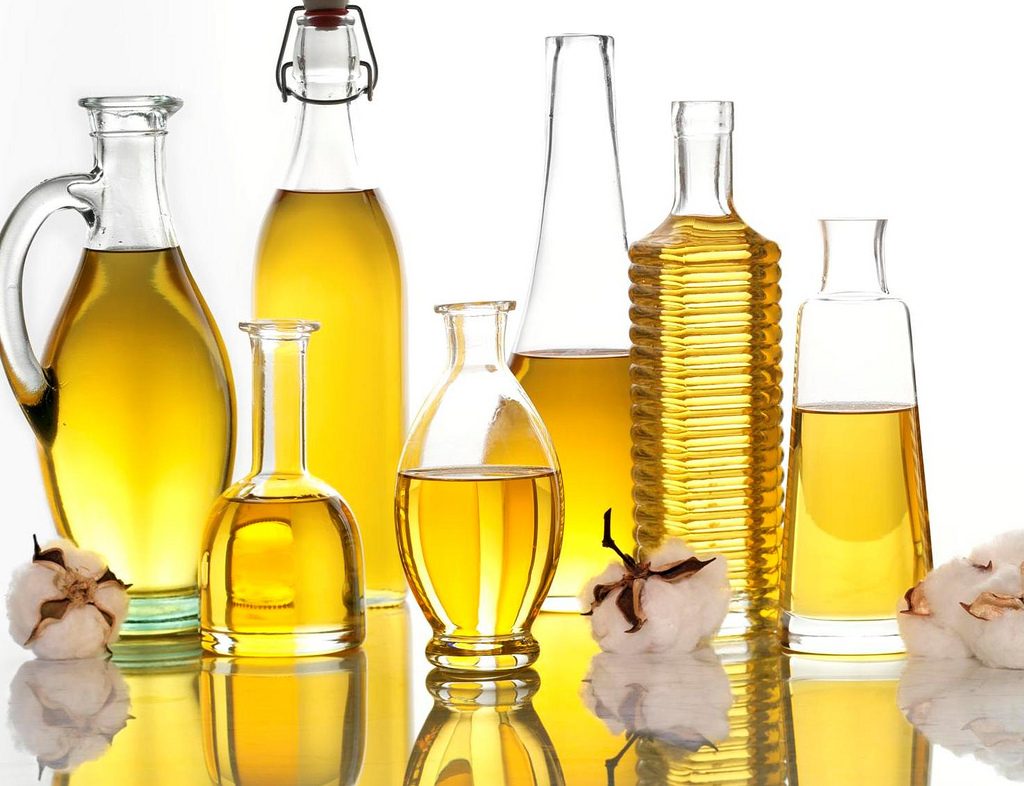
Now about vegetable oil. Russia produces about four million tons of vegetable oil per year. Mostly this is sunflower oil. Thus, the country manages to completely close its needs for this product. The share of vegetable oil imports in the market does not exceed three percent.
But export of this category of goods, on the contrary, is growing. At the moment, it reaches 25 percent of total production. We can conclude that the country's food security is also provided with a supply of vegetable oil.
Meat products and fish
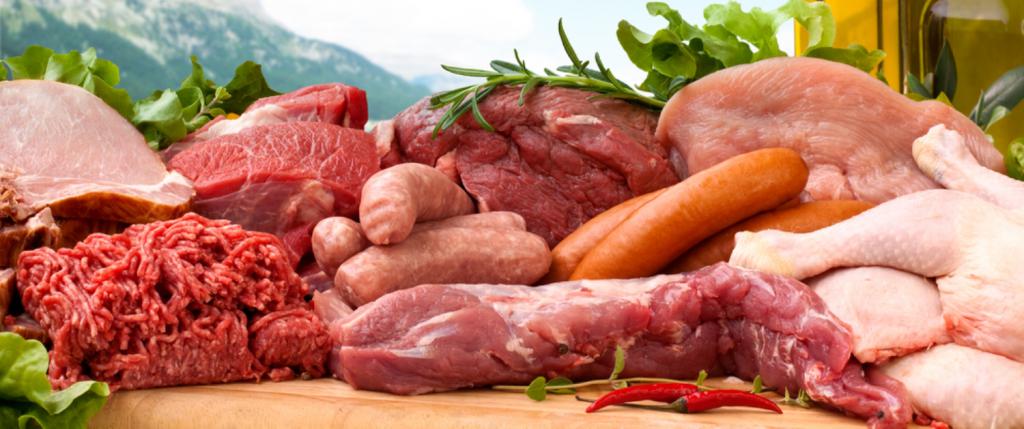
An important part of any diet is meat products. According to the doctrine, in Russia it is necessary to produce up to 85 percent of meat consumed.This level was reached by 2015, and in 2016, thanks to domestic farmers, there were already 92 percent of meat produced in Russia on the shelves.
The situation is especially successful with pork and poultry. Already today, some of the products are exported to these positions, since there is an overabundance in the country. But cattle for getting beef grows several times slower than pigs and chickens, so it was not possible to restore beef meat production so quickly. In this industry, concrete results have to be expected in the longer term - for at least ten years.
It is worth emphasizing that work in this direction is underway. For example, back in 2014, in Bryansk, the largest beef processing complex at that time in the Russian Federation was launched. Only one of this complex replaced seven percent of imported beef. The cost of the enterprise amounted to about seven billion rubles, the plant became part of a large investment project in the Bryansk region. The federal government notes that this is not the only such project, it is planned to develop the production of its own beef in the future.
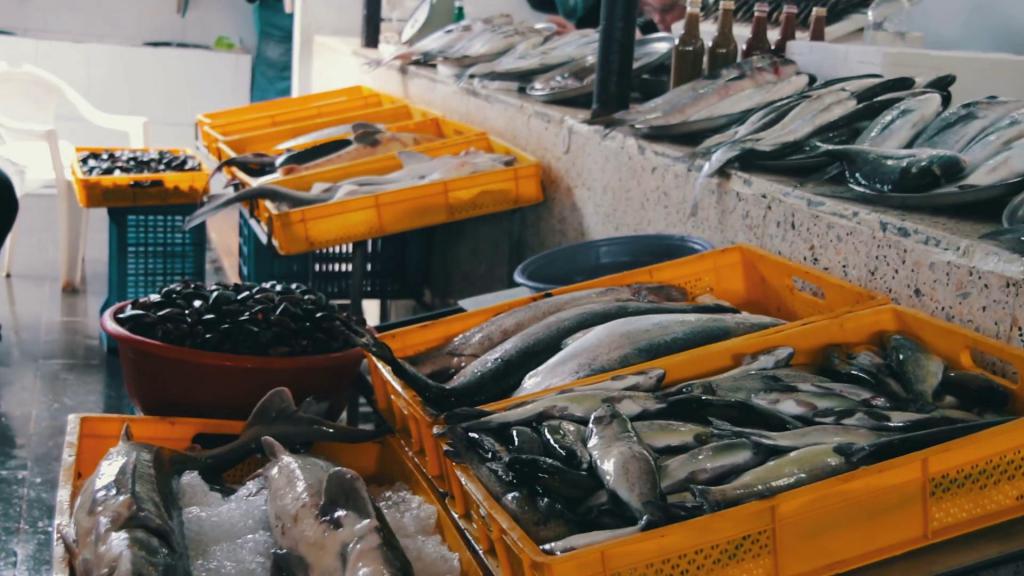
There are certain successes in the production of our own fish. At the moment, Russia is among the top five on the planet in terms of fish catch. This allows us to talk about a reliable raw material base, which remains in this industry.
About 15 and a half kilograms of fish are required per person per year. That is how much the minimum physiological norm is. Based on these data, 2.2 million tons should be enough for the country per year.
At the same time, Russia actually consumes more fish (about 28 kilograms per person per year), so there is a need to produce about 3.5 million tons. And in this area no difficulties are foreseen.
Milk products

The production of our own dairy products is still experiencing the greatest problems. It is directly related to the number of cows, which declined significantly in the 90s. Now it is being restored, but it is a long and costly process. It is worth remembering that cattle is divided into dairy and meat. Moreover, it is dairy cows - only about eight percent of the total number of animals.
Now milk production is at the level of 30 million tons per year. It has remained at the same level for the past few years. This does not exceed 80% of the total amount of own consumption, which is 10% lower than the indicators indicated in the doctrine.
Edible salt
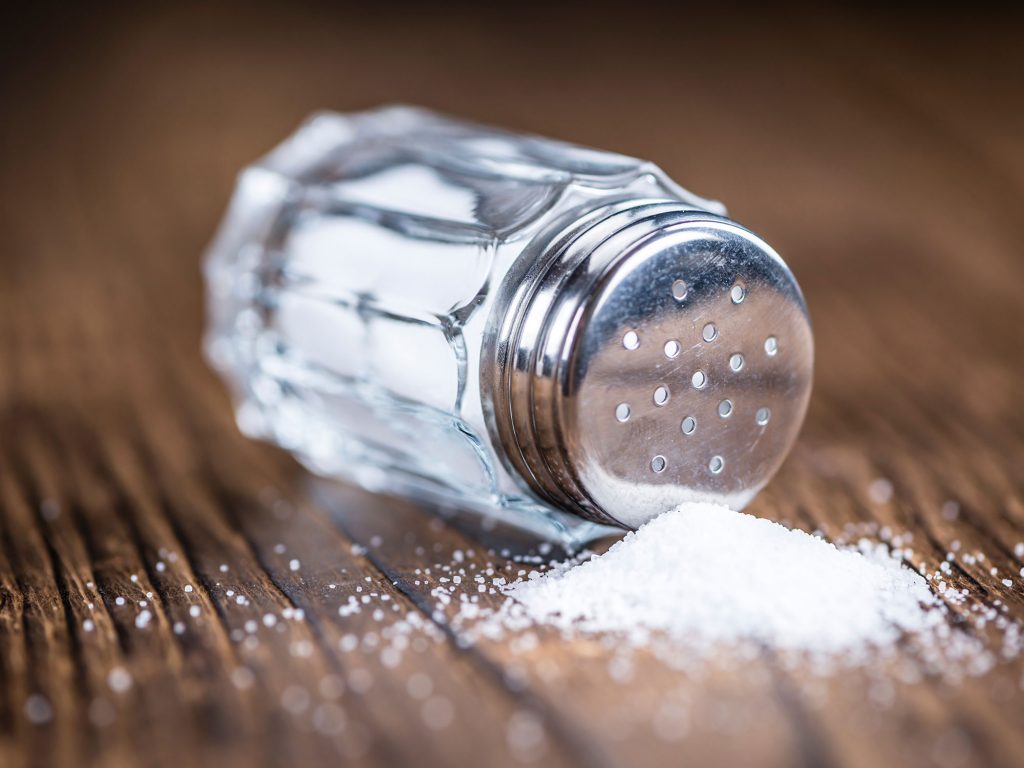
Interestingly, experts on the domestic salt market provide very conflicting data. Most importantly, they agree on several main points.
Now Russia has to import about a third of all salt consumed, mainly from Belarus. Most of the consumption of this salt is in industry, primarily chemical. At the same time, only 260 thousand tons per year are needed for eating. This is significantly less than the actual volumes of own production.
So the shortage of salt that we eat is definitely not worth the wait.
